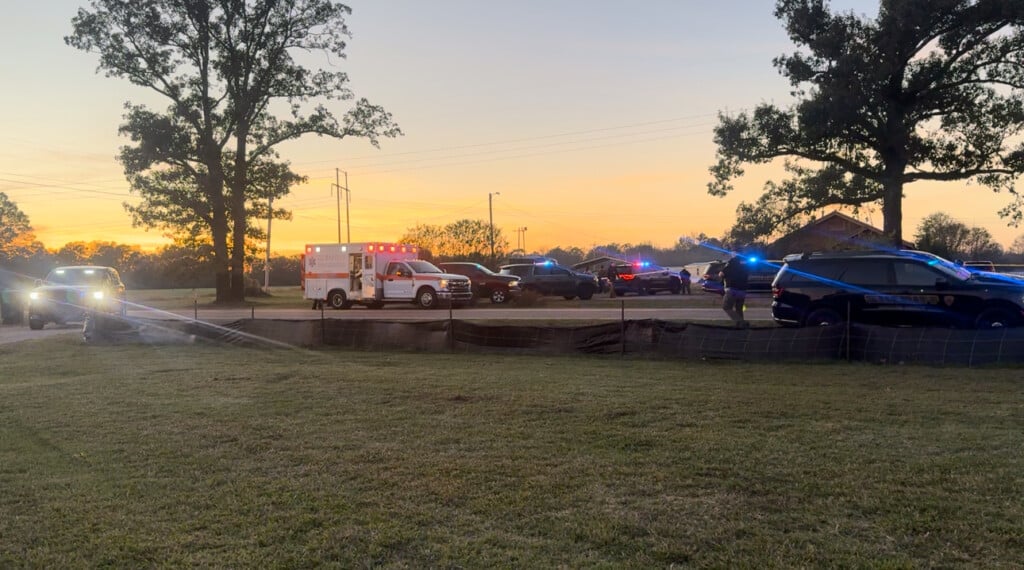Trump's infrastructure plan relies almost entirely on non-federal funding
WASHINGTON — President Trump is planning to announce a massive $1.5 trillion infrastructure plan on Monday, unveiling the administration’s long-awaited proposal aimed at rebuilding the nation’s dilapidated roads, bridges and other components that have fallen into disrepair.
But there’s one major hole in the White House’s proposal, Mr. Trump’s plan relies almost entirely on funding from entities outside the control of the federal government. Only $200 billion of the $1.5 trillion proposal would come from new federal funding. The White House would offset the new spending with unspecified cuts in other areas of the budget. The rest is expected to come from state and local governments and private investment.
Congress passed and the president signed into law extensive federal tax cuts in December, but the president’s plan calls for “new revenue streams” on the state and local level, including taxes and usage fees, a senior administration official said in a background call with reporters on Saturday.
“Taxes are one of the ways that state and local governments could raise revenues, but are certainly not the only ways,” another senior administration official told CBS News. “They can sell bonds, use public private partnerships, create user fees, etc. We’re pretty agnostic to the way they raise revenue.”
Half of the $200 billion in new federal money would go towards an incentive matching fund to encourage investments by state and local governments. But the fund would match investments only up to $0.20 on the dollar at the maximum level of federal investment. A senior administration official said the fund would help pay for projects that may already be in the works.
“So the way the incentive program works is, come with revenue and come with a project, and your score is higher based upon the share of non-federal revenue that you have in your project,” the official said. “So there’s not a 20 percent minimum, or maximum federal, but it’s all about, how do we get people to compete around in projects that they truly care about? And how do we know they truly care about them? Well, because they’ve got a lot of skin in the game on the project.”
Of the other half of the $200 billion, $20 billion would be used to expand local programs, $50 billion would go toward funding rural infrastructure projects through block grants, $20 billion toward “transformative” programs and $10 billion to a capital financing fund.
A senior administration official insisted the plan was not shifting responsibilities to the states.
“Not only are we not walking away from the federal responsibility, we’re taking even more responsibility to ensure that we get infrastructure funding and permitting on a sustainable track for generations,” the senior administration official said.
The official said the default mindset for how to fund infrastructure projects needs to shift.
But even an investment of $1.5 trillion towards infrastructure over the next decade won’t be nearly enough to keep pace with the needed repairs. The American Society of Civil Engineers said last year that the U.S. would need to invest $4.59 trillion by 2025 to improve the country’s infrastructure.
The White House argues that funding is only one component of the president’s infrastructure plan. At least as important is a plan to to shorten the permitting process for projects so that obtaining a permit takes no longer than two years, one administration official said. The current permitting structure is overly concerned with preventing litigation and not enough on outcomes, the official said.
The plan also aims to invest in rural infrastructure and something that doesn’t directly relate to brick-and-mortar infrastructure — workforce training. The proposal, according to a senior administration official, will remove obstacles for people who are looking to go into trades, change licensing requirements so workers can more easily move from state to state and expand apprenticeships.
An administration official said it expects bipartisan support for the plan, but Democrats have their own proposal. The president on Wednesday will be hosting a bipartisan group of members of Congress to discuss the plan.
CBS News’ Alanna Conley contributed to this report.
© 2018 CBS Interactive Inc. All Rights Reserved.




Leave a Reply